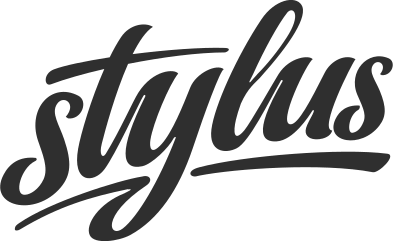
哈希(Hashes)
Stylus 在 0.39.0 版本中增加了对哈希对象的支持。
定义
可以使用大括号来定义哈希对象并用冒号来区分键和值:
foo = {
bar: baz,
baz: raz
}
键应该是恰当的标识或字符串:
foo = {
bar: baz,
'baz': raz,
'0': raz
}
当你已经有一个哈希对象时,你可以使用方括号和字符串来为其赋值:
foo = {}
foo['bar'] = baz
foo['baz'] = raz
请注意,虽然不能在花括号定义中使用变量或插值,但可以在方括号内使用变量:
foo = {}
bar = 'baz'
foo[bar] = raz
foo.baz
// => raz
Anonymous hash
We can create anonymous hash objects for list, a kind object with out variable name.
list = foo {int: 1, str: '1'} {node: a-node, color: #32E}
list[0]
// => foo
type(list[0])
// => 'ident'
type(list[1])
// => 'object'
list[1].int
// => 1
list[2].color
// => #32E
To access its values, we can use both brackets syntax (['str']) and dot syntax (.). Brackets syntax works well for programming, meanwhile dot syntax is more readable and JSON-alike syntax. It works well with iteration and conditional statement as well.
取值
利用点操作符加标识符的方式可以从哈希对象中获取值:
foo = { bar: "baz" }
foo.bar
// => "baz"
或者使用方括号和字符串的方式:
foo = { "%": 10 }
baz = "%"
foo[baz]
// => 10
你可以使用任何组合方式:
foo = {
bar: {
baz: {
raz: 10px
}
}
}
qux = "raz"
foo["bar"].baz[qux]
// => 10px
插值
在插值中使用哈希对象的话将以 CSS 的形式输出哈希对象的内容(虽然算不上是 Stylus 的任何功能):
foo = {
width: 10px,
height: 20px,
'&:hover': {
padding: 0
}
}
.bar
{foo}
// => .bar {
// width: 10px;
// height: 20px;
// }
// .bar:hover {
// padding: 0;
// }
其他操作
您可以将 Stylus 中的其他普通操作应用到哈希对象上,例如 length():
foo = { bar: 'a', baz: 'b' }
length(foo)
// => 2
你可以遍历哈希对象,key 参数是可选的:
foo = { width: 10px, height: 20px }
for key, value in foo
{key}: value
// => width: 10px;
// height: 20px;
可以使用 in 来检查哈希对象中是否存在某个键:
foo = { bar: 10px}
bar in foo
// => true
baz in foo
// => false
可以使用相应的内置函数来获取哈希对象的所有键或所有值:
foo = { bar: 'a', baz: 'b' }
keys(foo)
// => 'bar' 'baz'
values(foo)
// => 'a' 'b'
你可以使用内置函数 remove 从哈希对象中删除一个键:
obj = { foo: 1, bar: 2 }
remove(obj, 'foo')
// => {"bar":"(2)"}
你还可以使用 merge (别名为 extend)函数来合并哈希对象:
obj = {
foo: 'foo'
bar: 'bar'
}
obj2 = {
baz: 'baz'
}
merge(obj, obj2)
// => {"foo":"('foo')","bar":"('bar')","baz":"('baz')"}
